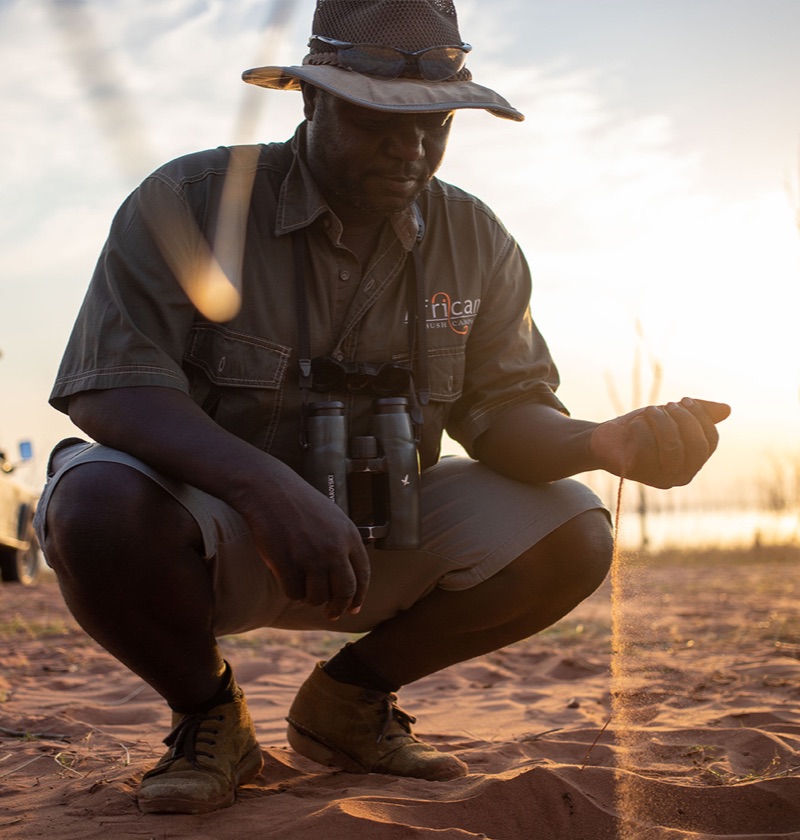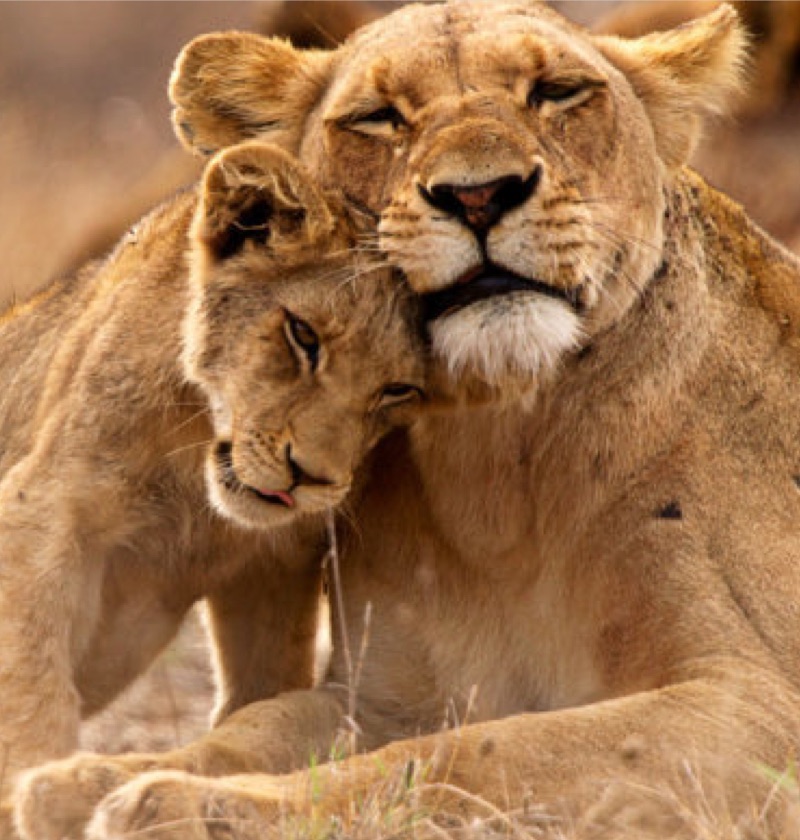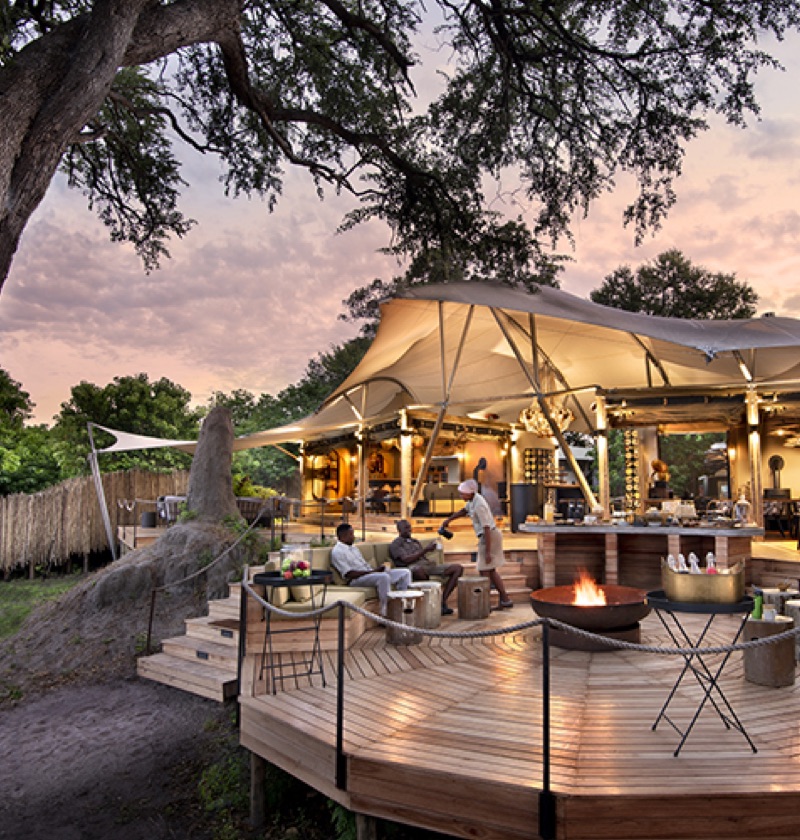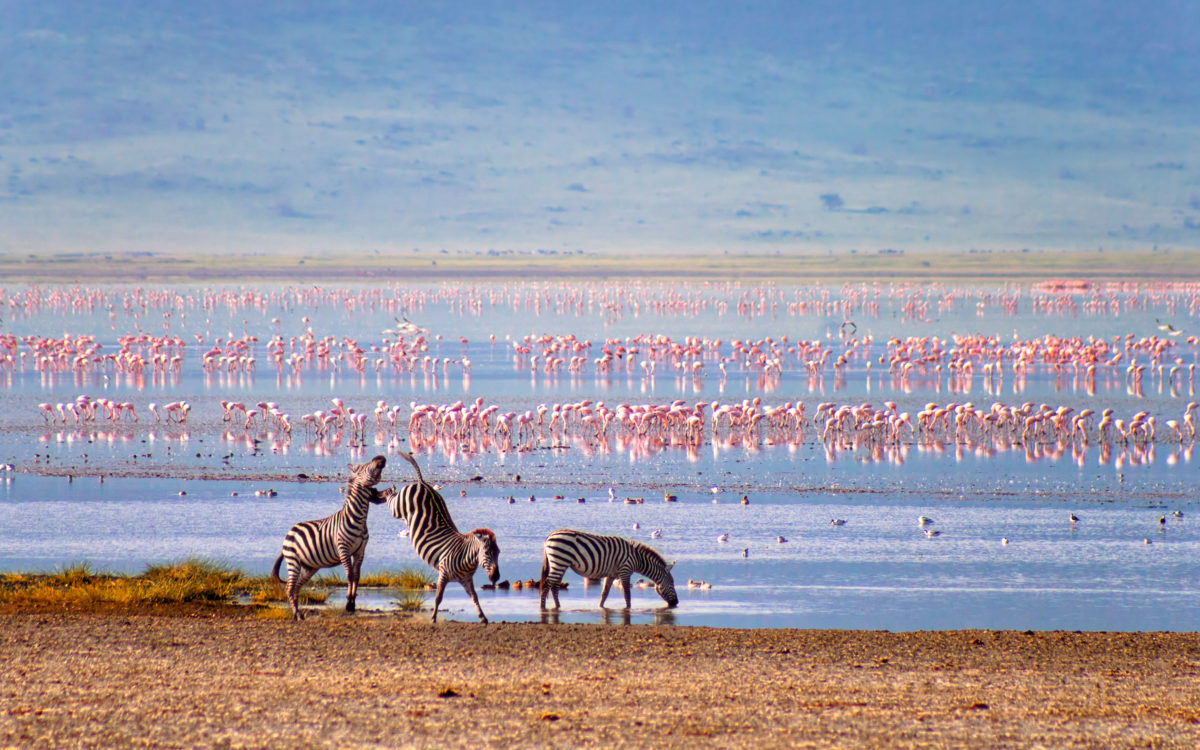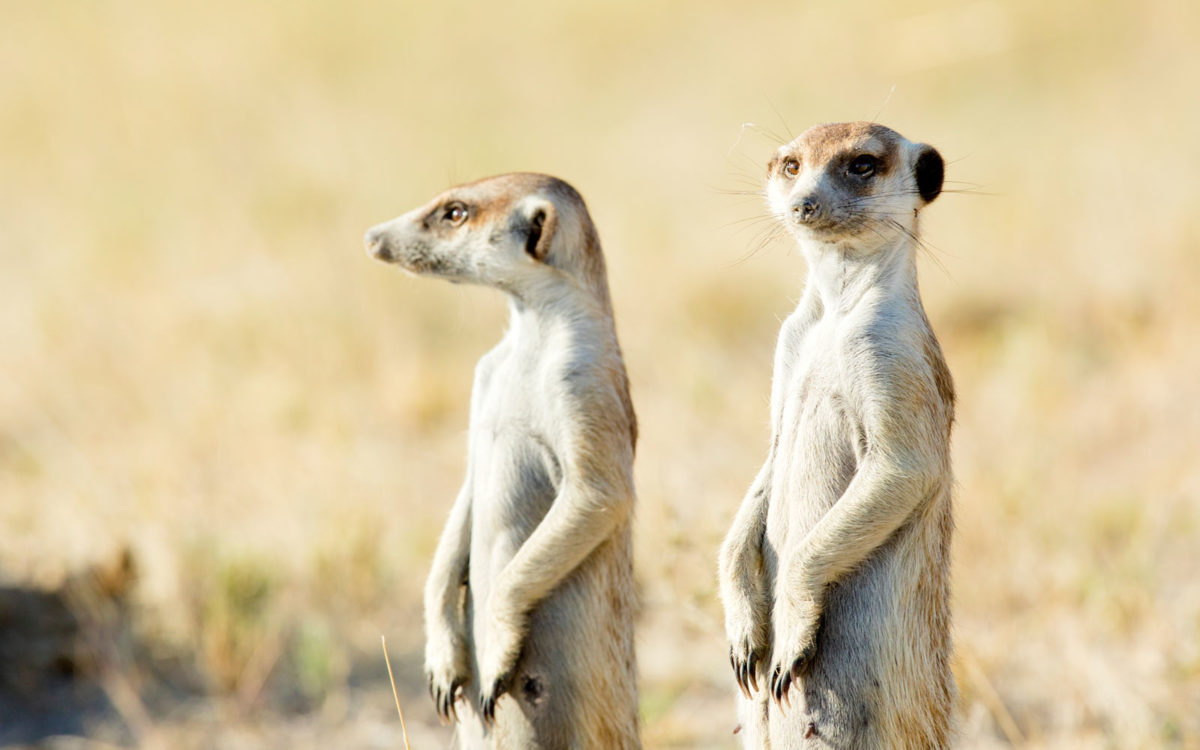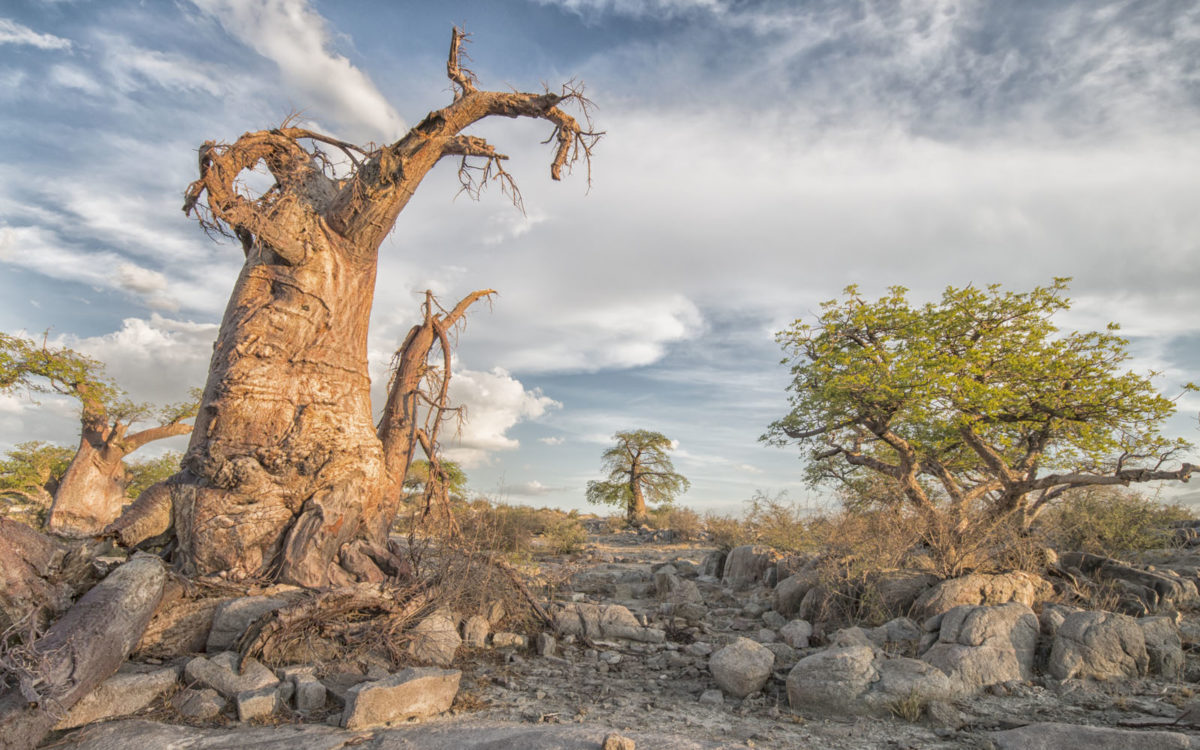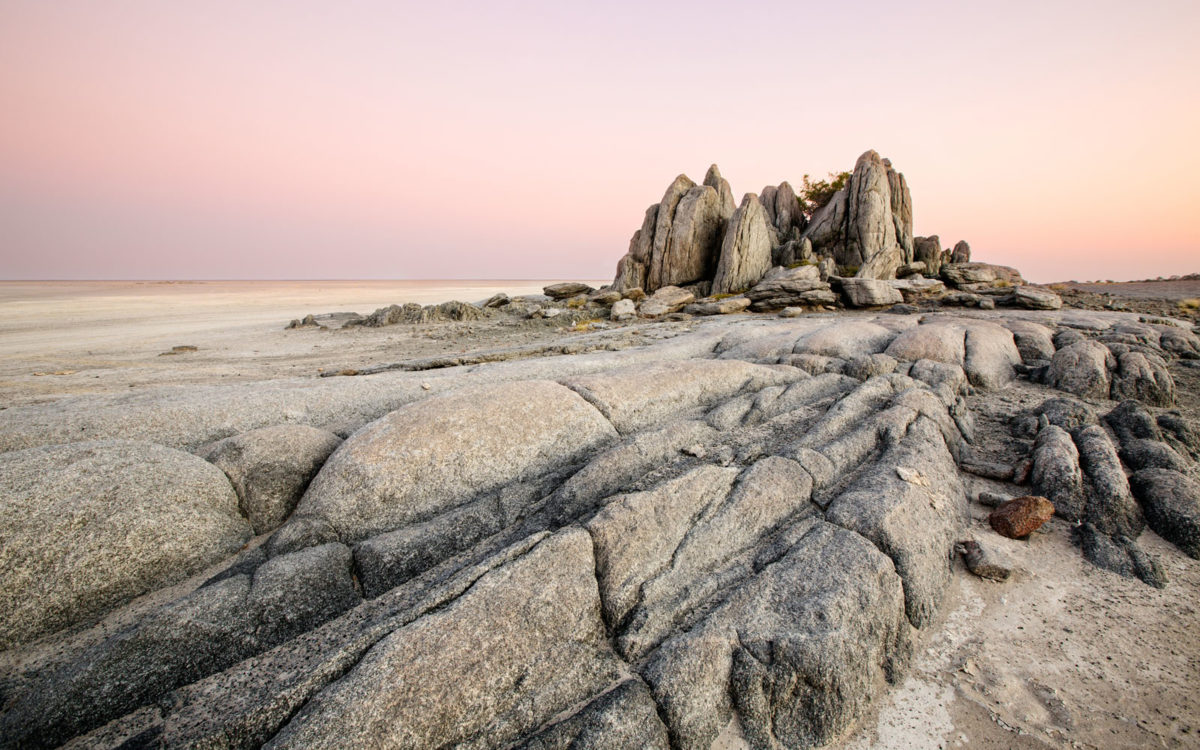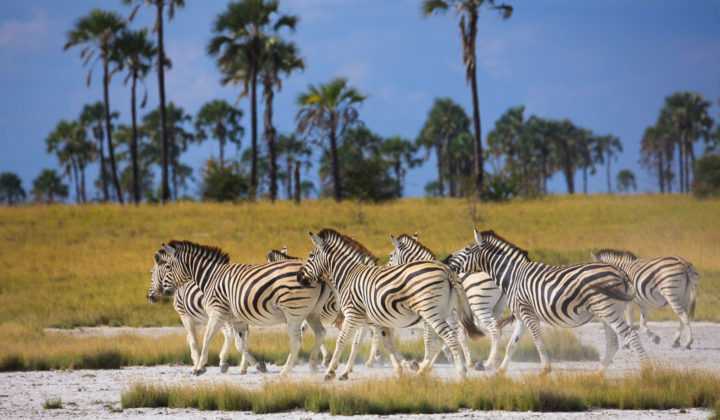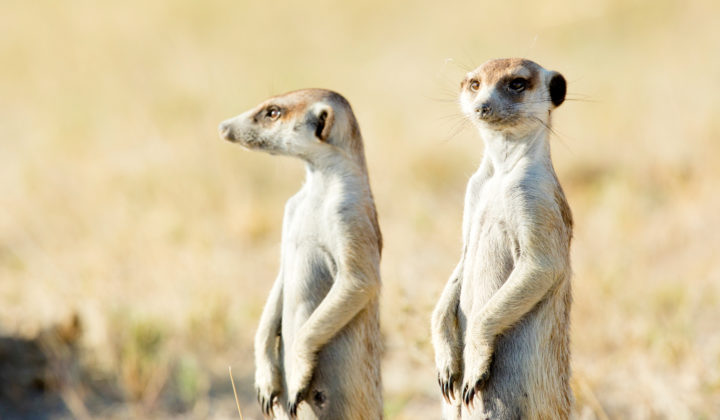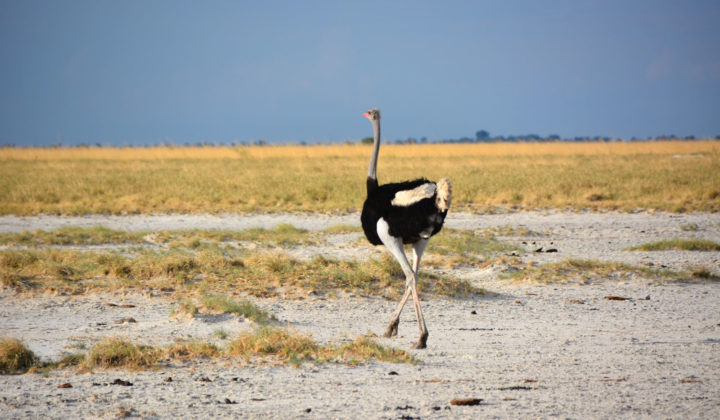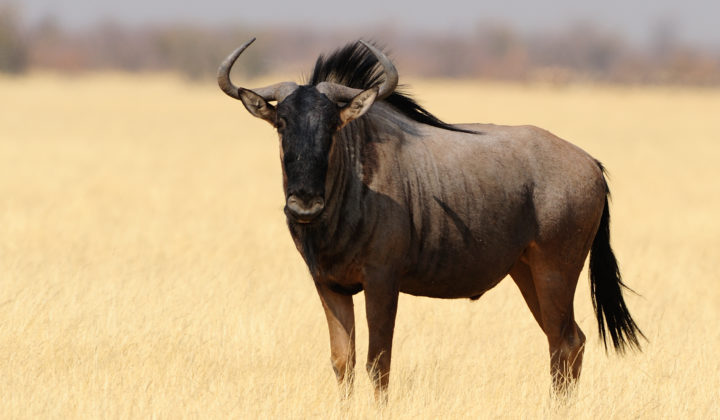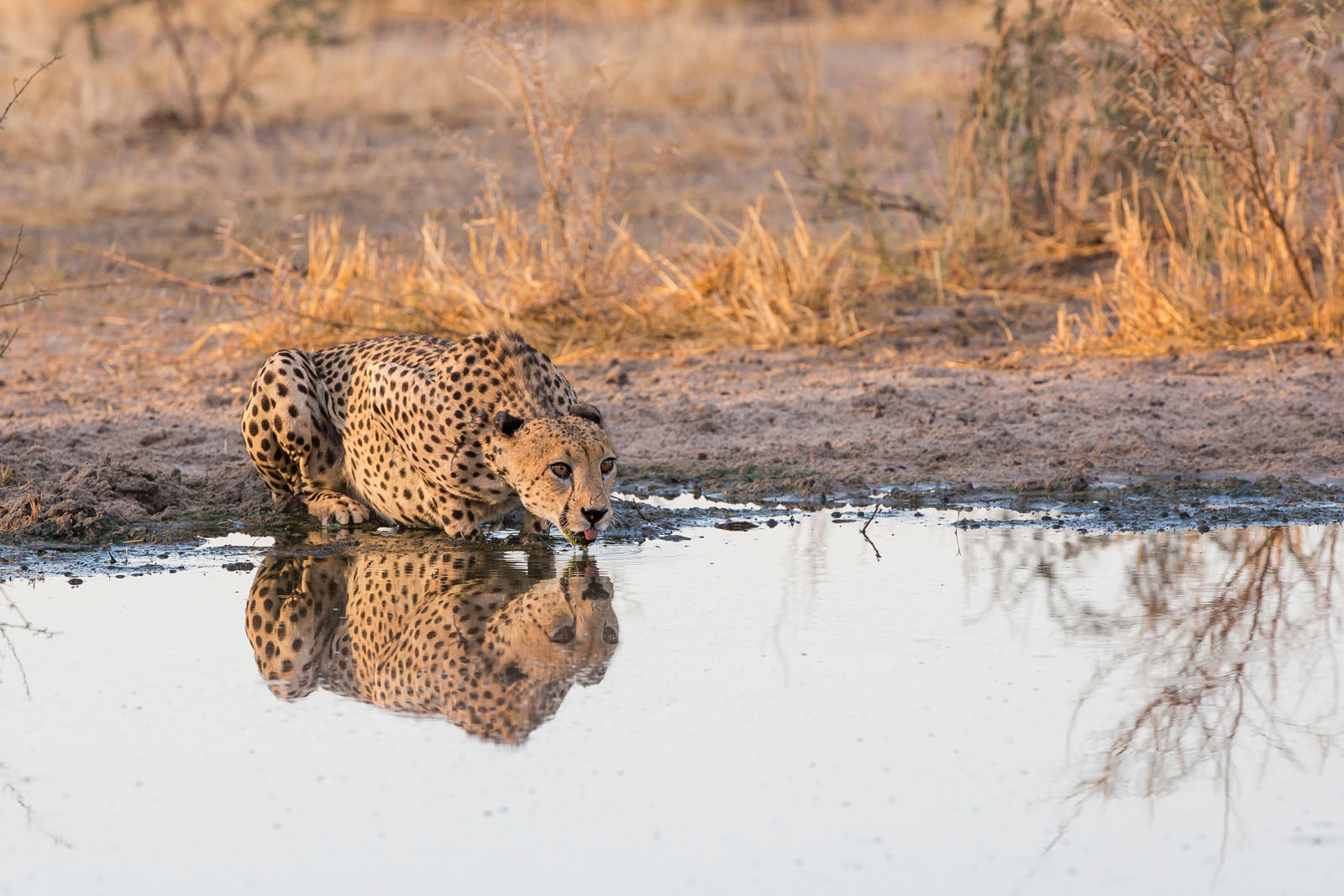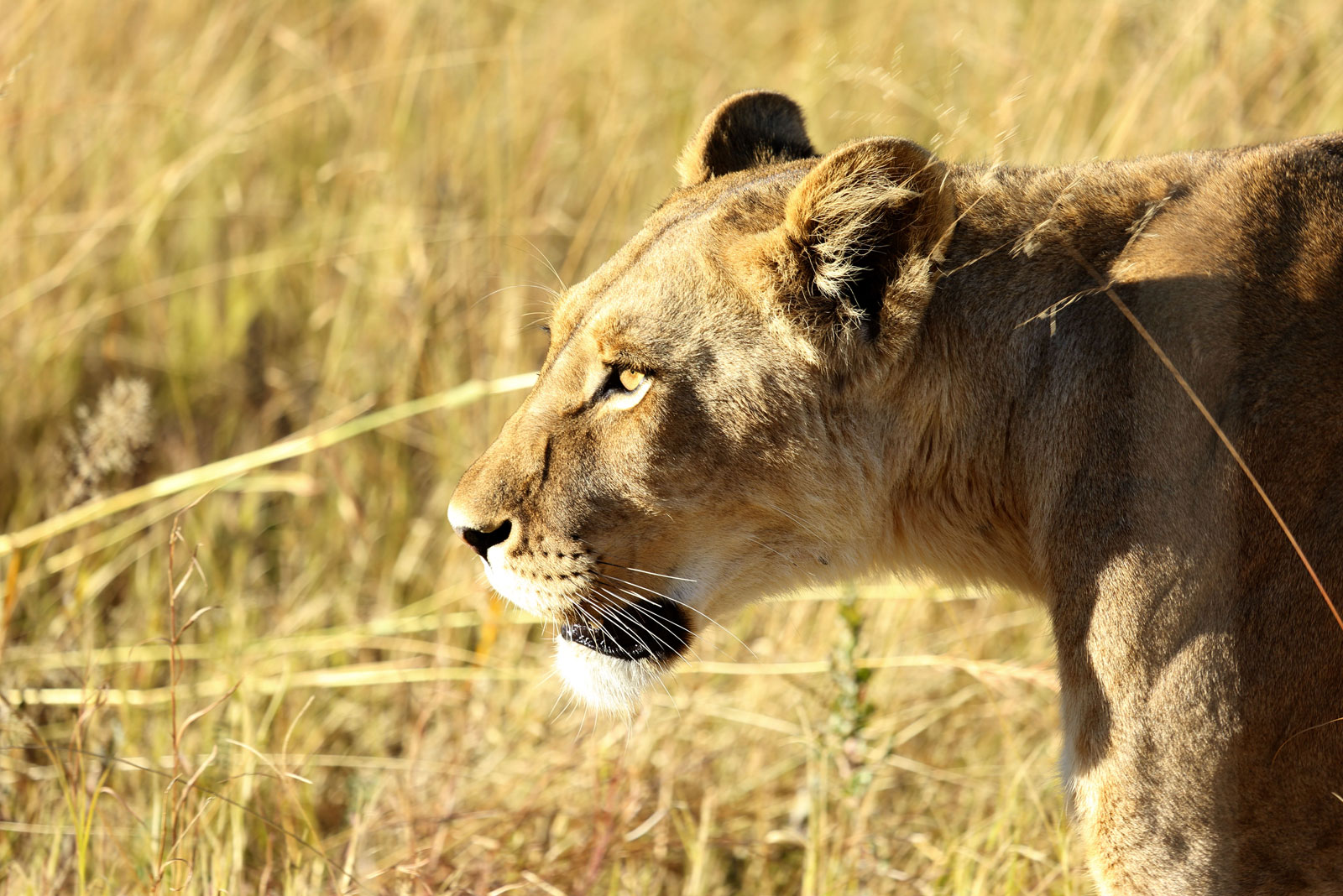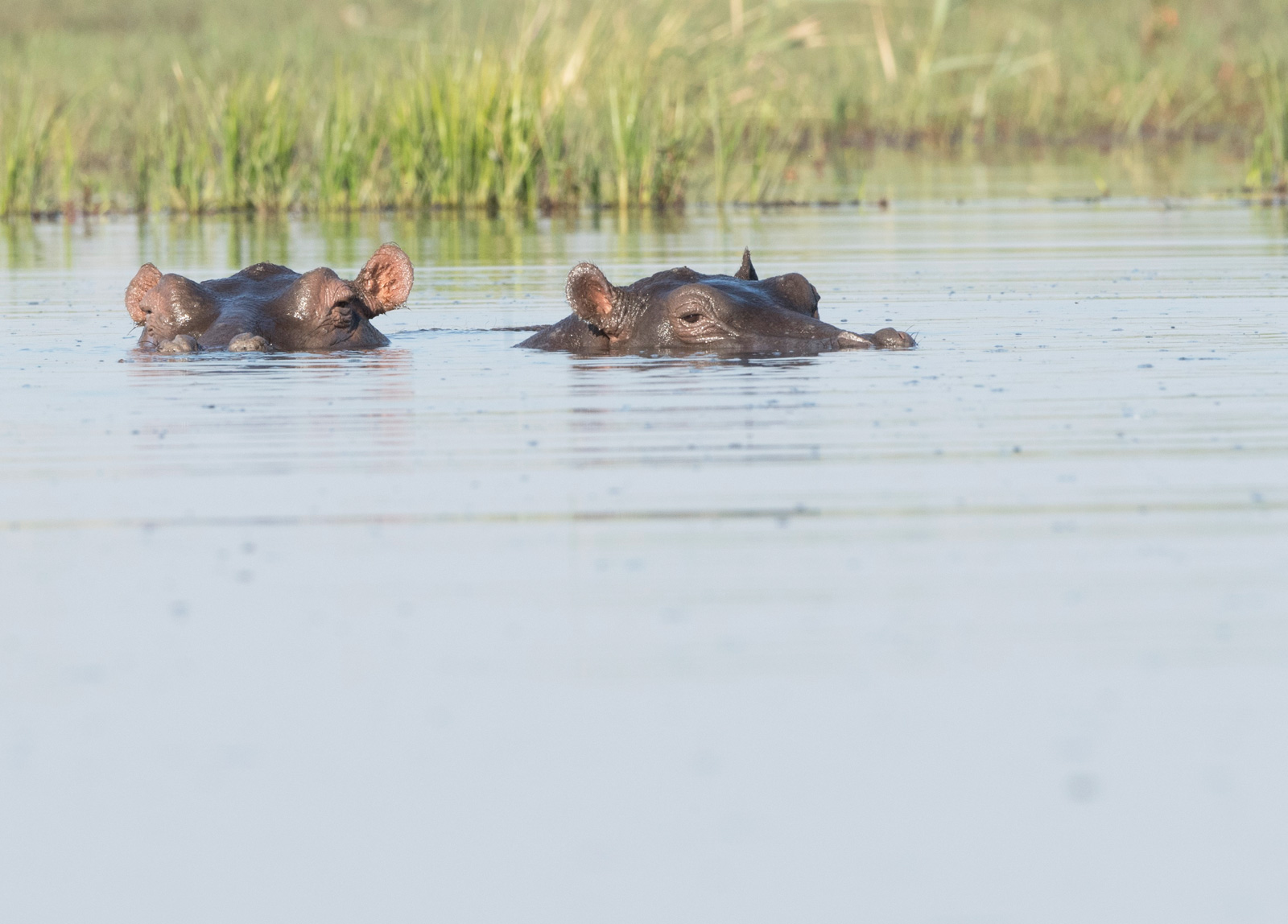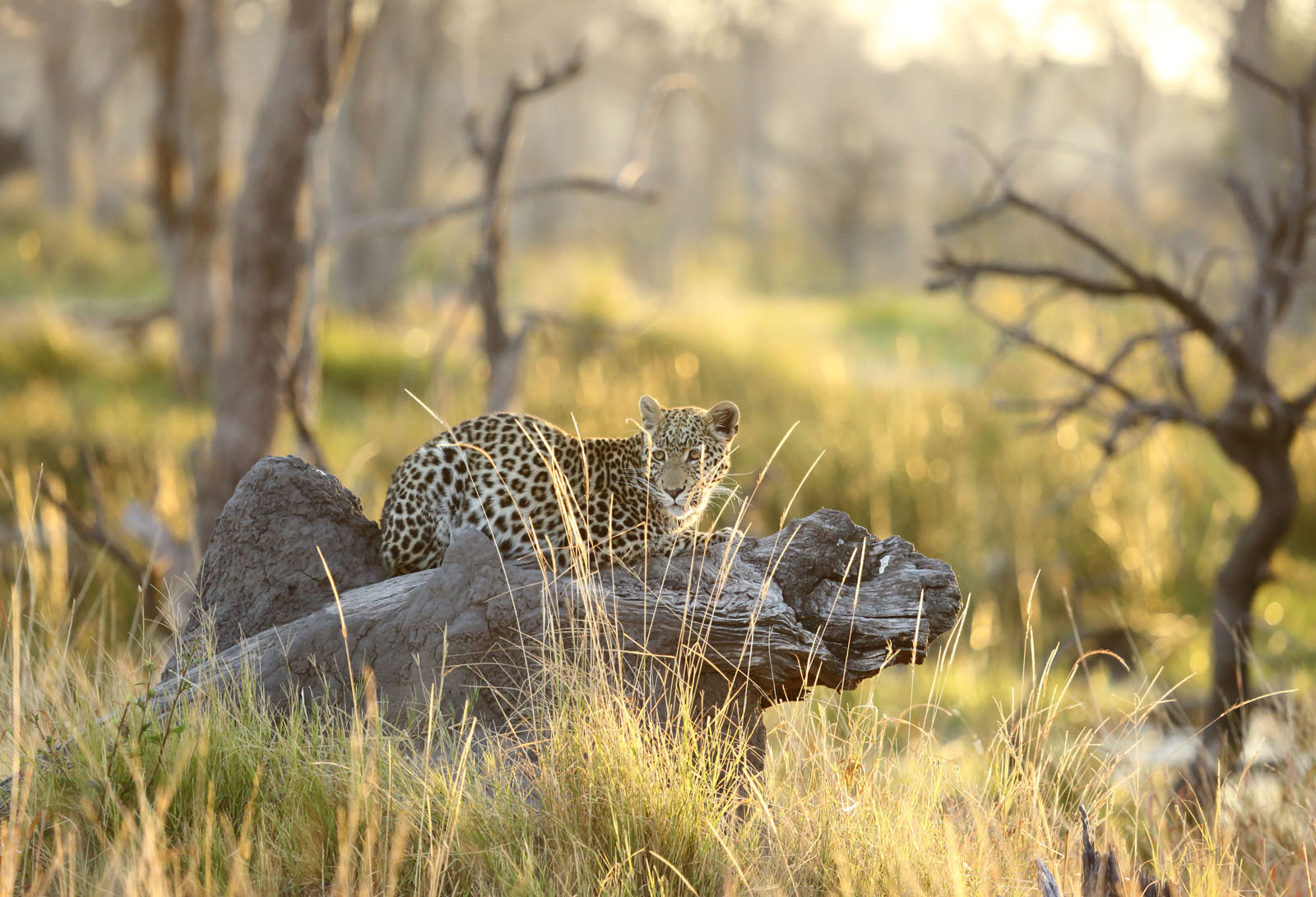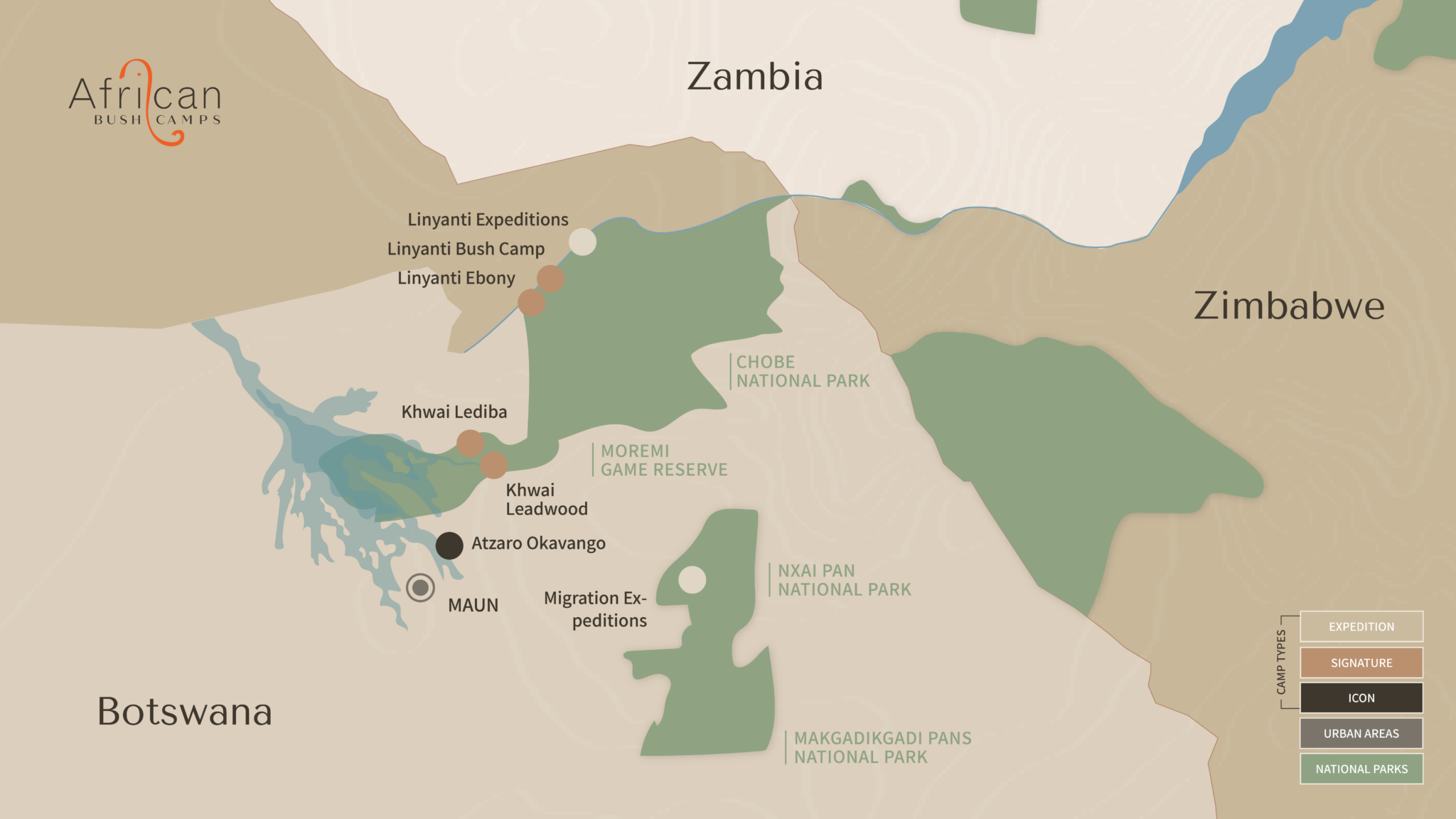The largest salt pan in the world
The dramatic lunar expanse of the Makgadikgadi Salt Pans is a complete contrast to the verdant landscapes of the Okavango and Linyanti regions. Once a vast super-lake that covered a significant proportion of Botswana thousands of years ago, it is now one of the largest salt basins on earth. Visible from space, its stark, white, featureless terrain appears to stretch across 12,000 sq km, melting seamlessly into the horizon.
A combination of soaring temperatures and the extremely arid climate make this captivating wilderness quite inhospitable for most of the year. However, from November through to March, the rainfalls transform these empty salt pans into a veritable Garden of Eden. As the pans flood with water a myriad of powder blue lakes and verdant landscapes form to become a hub of wildlife activity. In particular attracting the little known yet truly impressive Zebra migration, with herds of up to 20,000 passing through the pans. Equally as remarkable are the flocks of flamingos which congregate in their hundreds of thousands, as well as big herds of springbok and wildebeest, followed closely by predators, making for fantastic game viewing. Brown hyena and meerkats can also be spotted gazing through the surrounding grasslands.
Speak to one of our Senior Travel Advisors to plan your perfect Botswana Safari.


